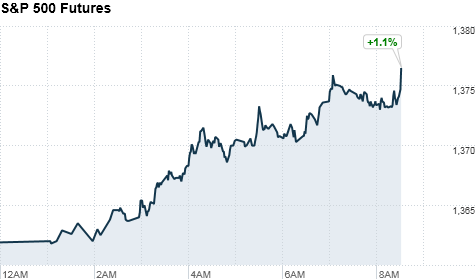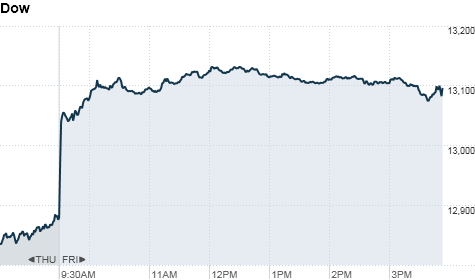
This morning, Mitt Romney and Paul Ryan stood on a platform in
Norfolk, Virginia, and introduced themselves to the country
as "America's Comeback Team."
"Go Back Team" would be more appropriate -- because a
Romney-Ryan administration is the definition of a fast
track back to the failed, top-down economic policies of the
past.
In Ryan, Romney has selected a running mate best known for
designing the extreme GOP budget that would end Medicare as
we know it, and -- just like Romney's plan -- actually
raise taxes on middle-class Americans to pay for an
additional $250,000 tax break for millionaires and
billionaires. As a leader of the House Republicans and a
Tea Party favorite, Congressman Ryan has led the
relentless, intensely ideological battle for these kinds of
budget-busting policies that punish seniors and the middle
class.
Today, Romney doubled down on those policies.
But most Americans don't know Paul Ryan. In the coming
days, the other side will spend a lot of time trying to
define Romney's choice and what it says about his candidacy
-- so we put together a brand-new website on Romney-Ryan
with everything you need to know.
Check it out, watch the video, and then show your support
for President Obama and Vice President Biden by sharing it
with friends and family:
http://my.barackobama.com/Go-Back-Team8If their records are any indication of how they'd govern,
it's not looking good (unless you're a right-wing
conservative in the top 5 percent of income-earners and NOT
a woman or a worker counting on Medicare in your future).
This isn't a matter of opinion:
-- As an architect of the extreme GOP budget, Ryan will be
Romney's biggest advocate for his plan to give more tax
breaks to millionaires, paid for by $2,000 in higher
taxes on middle-class families with kids.
-- The Ryan plan, which Romney said is "an excellent piece
of work, and very much needed," calls for deep cuts in
education -- from college scholarships to Head Start --
critical scientific research, and clean energy investments,
all to help pay for those tax cuts.
-- Ryan authored the original plan to convert Medicare into a
voucher program, costing seniors an additional $6,000 or more
each year.
-- Ryan talks tough on balancing the budget, but his own
plan would fail to do that for a generation. The burden of
balancing any Ryan budget falls squarely on the backs of
seniors and middle-class families -- while no one at the
top is asked to pay even a dollar more.
-- Both Romney and Ryan are severely conservative,
threatening to take us backward on women's issues and civil
rights. Ryan cosponsored a bill that would ban common forms
of birth control, in vitro fertilization, and abortions
even in cases of rape or incest. He voted against the Lilly
Ledbetter Fair Pay Act, voted against the repeal of "Don't
Ask, Don't Tell," and sponsored a constitutional amendment
to ban marriage equality.
On so many issues, Paul Ryan, like Mitt Romney, has taken
extreme positions that are out of touch with the values
most Americans share.
It's our job, especially in these first few days and weeks,
to make sure voters get the facts on his record, and a
clear picture as to what a Romney-Ryan administration would
look like for regular people, when the slogans fade away
and the real policy decisions they'd face as president and
vice president are on the table.
Check out the new video and site on Romney-Ryan:
http://my.barackobama.com/Go-Back-Team8Thanks for everything.
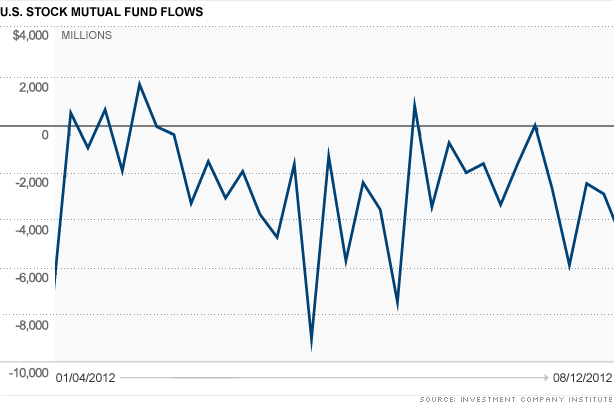
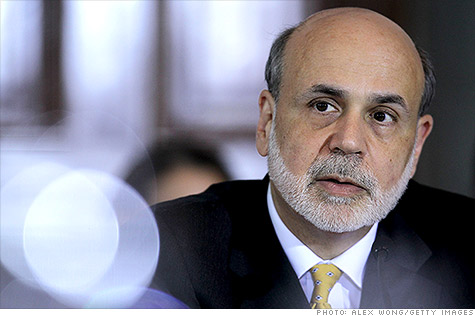 To QE3 or not to QE3? That is the question.
To QE3 or not to QE3? That is the question.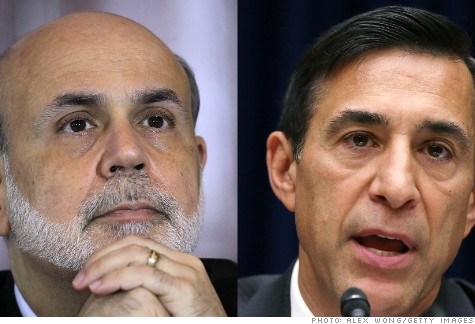
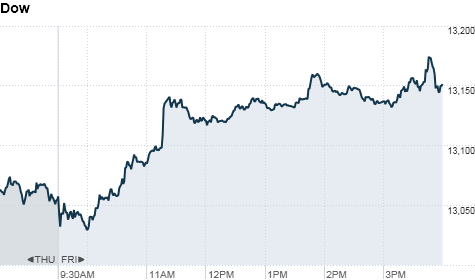
 "Rape is rape." The fact that President Obama needed to
"Rape is rape." The fact that President Obama needed to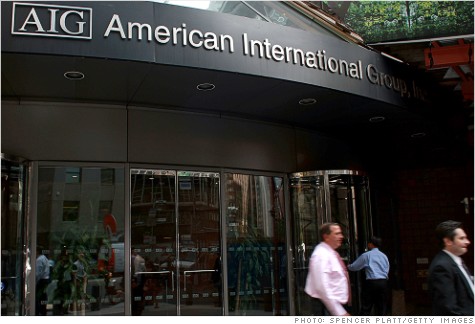


 In 1996, bedeviled by conservative doubts about his tax-cutting
credentials, Bob Dole named Jack Kemp -- the fervent champion of
free-market economics – as his running mate. Sixteen years later,
confronting lingering right-wing skepticism about his conservative
pedigree, Mitt Romney picked Paul Ryan – a former Kemp speechwriter – as
his vice-presidential nominee.
In 1996, bedeviled by conservative doubts about his tax-cutting
credentials, Bob Dole named Jack Kemp -- the fervent champion of
free-market economics – as his running mate. Sixteen years later,
confronting lingering right-wing skepticism about his conservative
pedigree, Mitt Romney picked Paul Ryan – a former Kemp speechwriter – as
his vice-presidential nominee. 
 Yeah -- THAT Paul Ryan. The architect of the Republican plan to kill Medicare.
Yeah -- THAT Paul Ryan. The architect of the Republican plan to kill Medicare.














